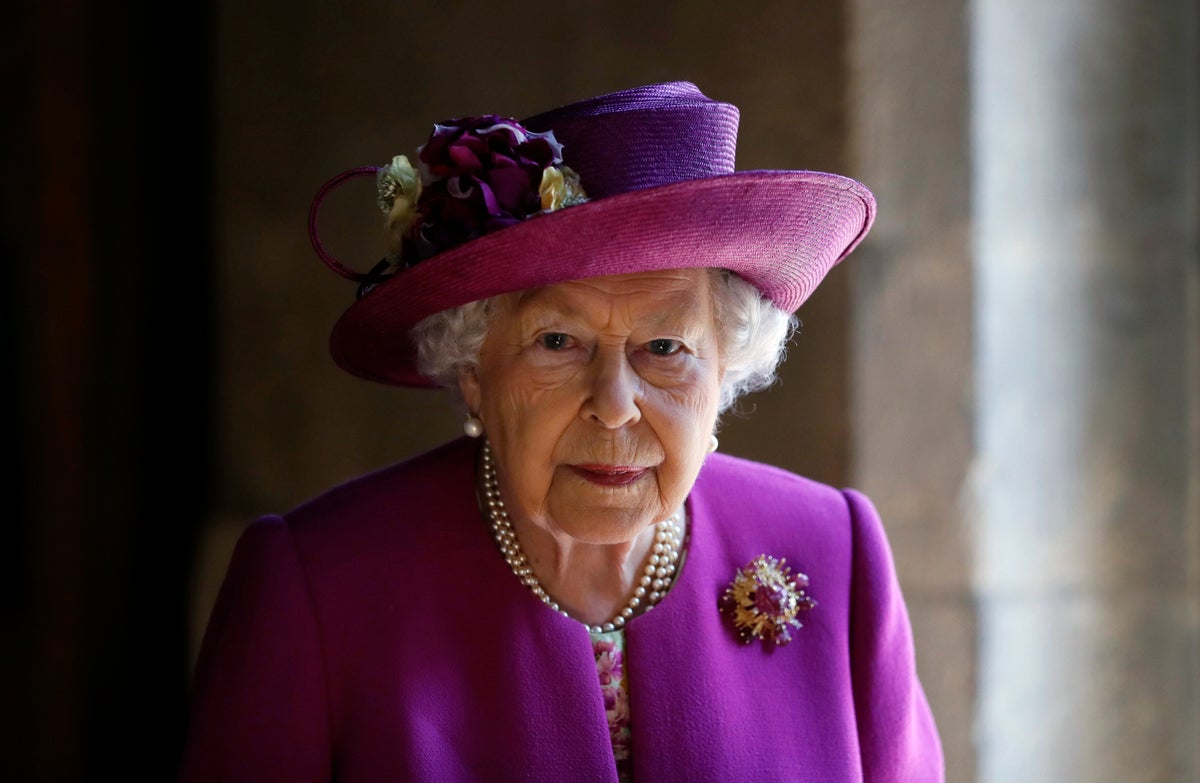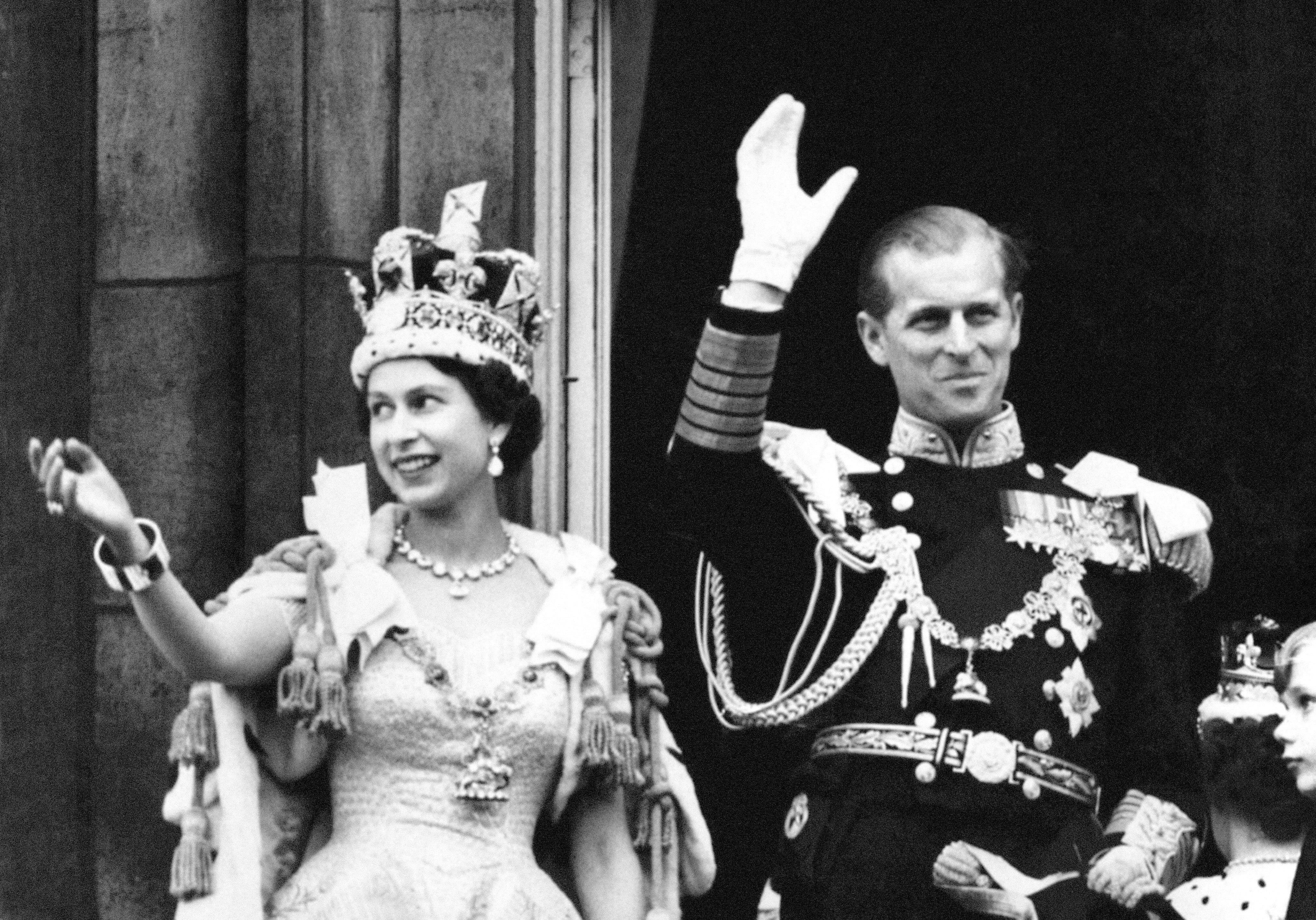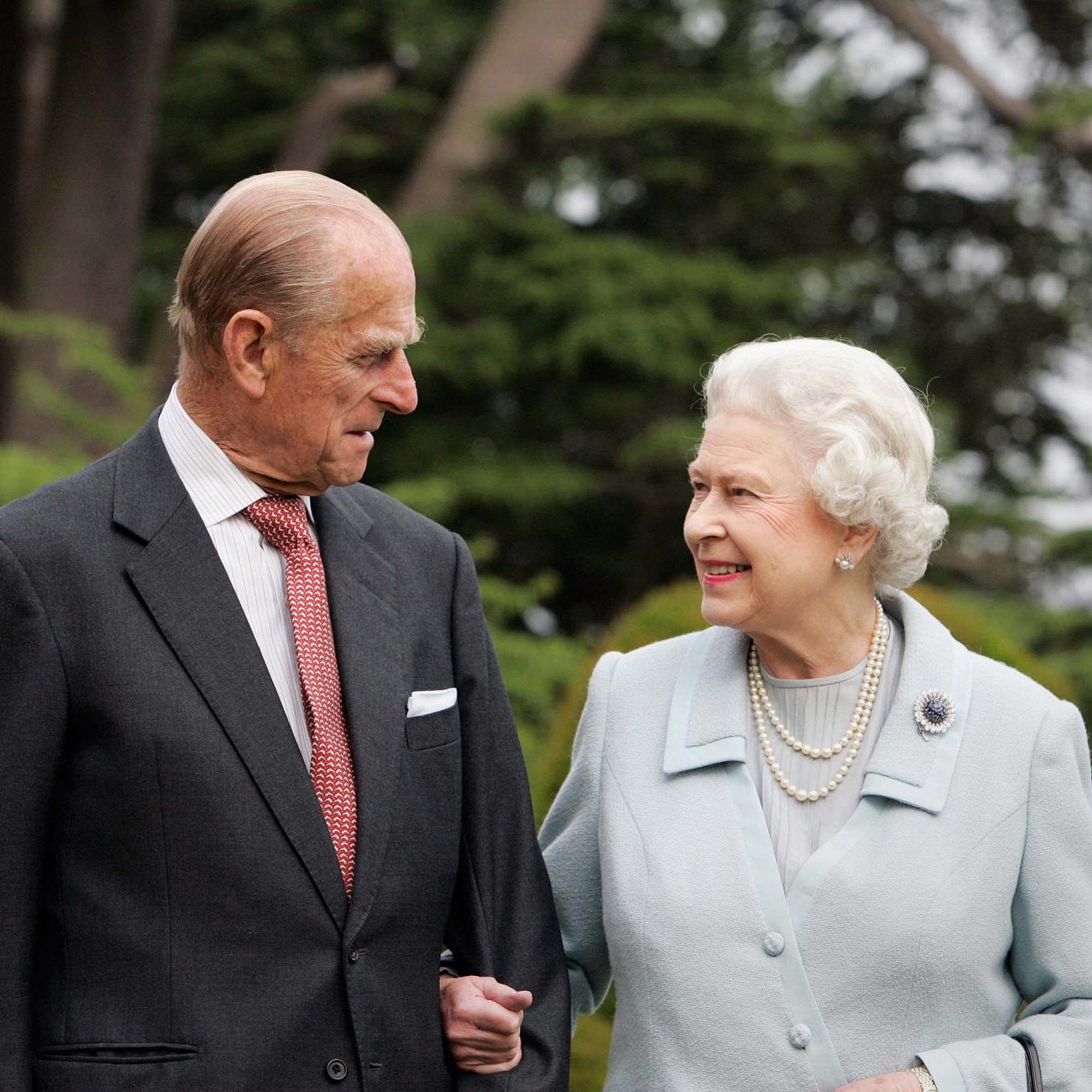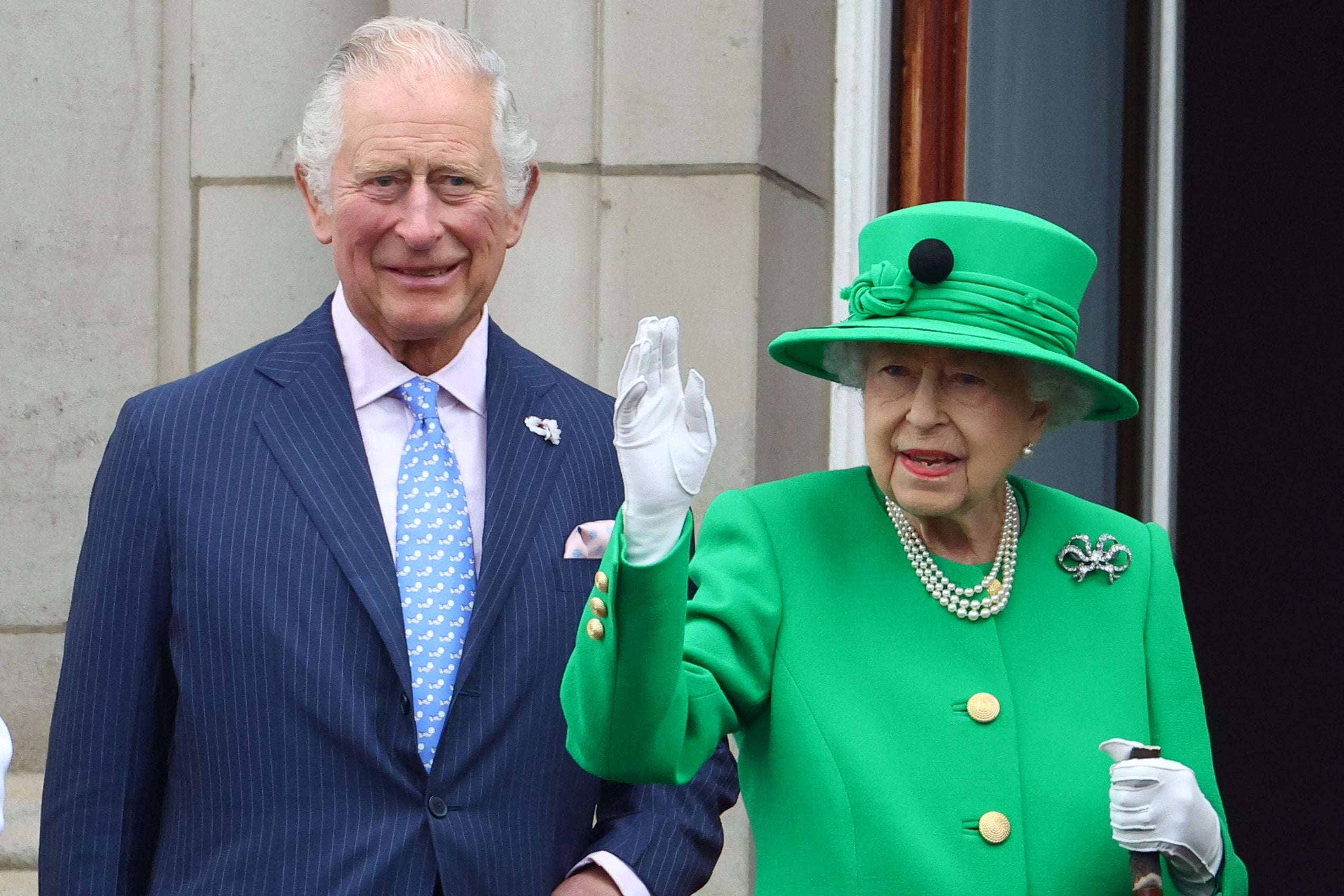
The Queen has died, Buckingham Palace has announced.
Elizabeth II, 96, was the nation’s longest-reigning monarch, serving as head of state for more than 70 years.
The Prince of Wales is now King, having acceded to the throne immediately on the death of his mother.
In a statement, the Palace said: “The Queen died peacefully at Balmoral this afternoon. The King and The Queen Consort will remain at Balmoral this evening and will return to London tomorrow.”
The Queen dedicated her life to her royal duty.
She was the first British monarch in history to reach her Platinum Jubilee, and has died just three months after the national celebrations in June celebrating her 70 years on the throne.
The Queen was also the longest-reigning still-serving monarch in the world.
She mourned the loss of her beloved husband of 73 years, the Duke of Edinburgh, who died aged 99 in April 2021.
A figure of stability in national life, the Queen was head of state, the armed forces, the Commonwealth and the Church of England.
The majority of the population has known no other monarch.
Britain will enter a period of national mourning, as tributes flood in from around the globe, hailing the Queen’s unwavering commitment to serving her country and the Commonwealth.
The long-held so-called London Bridge plans for the coming days and the Queen’s state funeral will now be put in place, as will the contingency element Operation Unicorn for a death in Scotland.
The Queen is expected to lie in state in a few days’ time, with her funeral held in Westminster Abbey in central London in around 10 days.
Alongside her public duties, the Queen was also a mother of four, grandmother to eight and great-grandmother of 12 great-grandchildren, and the royal family is now grieving for its matriarch.
One of the most famous women in the world, the Queen, recognisable for her colourful hats and distinctive wave, was known for her love of horses, racing and corgis.
She also had a deep Christian faith, and as a long-reigning constitutional monarch, her knowledge and professionalism were unparalleled.
The new King – Charles – is expected to speak to the nation and lead the tributes to his beloved mother.
The Duchess of Cornwall is now Queen, and as a Queen Consort, will be crowned at Charles’s side at his eventual coronation.
Fears dramatically escalated for the Queen’s health on Thursday when the Palace announced the Queen was under medical supervision at Balmoral.
The royal family including all of the monarch’s four children and the Duke of Cambridge made the urgent dash to be by her bedside.
Princess Elizabeth Alexandra Mary of York was born at 2.40am on April 21 1926 at the home of her maternal grandparents in Mayfair.
She was never expected to be Queen, but the abdication of her uncle, Edward VIII, in 1936 changed everything, leaving her father as King George VI and making his eldest daughter Elizabeth the heiress presumptive.
On her 21st birthday, the princess vowed in a radio broadcast that “my whole life, whether it be long or short, shall be devoted to your service”.
Elizabeth and her distant cousin Lieutenant Philip Mountbatten, who became the Duke of Edinburgh, had been married for less than five years when their lives were altered irrevocably by the death of George VI on February 6 1952.
The princess was just 25 when she became Queen.

Away from her public duties, the Queen’s successful marriage to Philip produced four children – Prince Charles, born in 1948, Princess Anne, born in 1950, followed by Prince Andrew, in 1960, and Prince Edward in 1964.
In 1977, record crowds greeted the monarch during her Silver Jubilee celebrations and thousands held street parties in her honour.
The Queen dubbed 1992 her “annus horribilis” as during that year the Princess Royal divorced, the Duke and Duchess of York separated, the Prince and Princess of Wales were splitting up and Windsor Castle went up in flames.
Five years later the Queen and the monarchy faced one of its gravest crises when Diana, Princess of Wales, was killed in a Paris car crash in 1997.
The Queen was perceived as being out-of-step with the feelings of mourners, with the public left wondering why the monarch, who was at Balmoral with Princes William and Harry, took so long to speak publicly about the tragedy.
In 2002, the Queen suffered the tragic double blow of losing both the Queen Mother and her sister, Princess Margaret, within just weeks of one another.
It was her Golden Jubilee year, but the celebrations continued and were a resounding success with one million people turning out in June to party on the streets of London, much like during her Diamond Jubilee 10 years later.
The dawn of the new millennium was a much happier period for the Queen with Charles settled after marrying his long-term love Camilla Parker Bowles, who became the Duchess of Cornwall, in 2005.
There was delight in 2011 with the wedding of the Duke and Duchess of Cambridge, followed by the births of the Cambridge children Prince George, Princess Charlotte and Prince Louis.
In September 2015, the Queen passed the record set by her great-great grandmother Queen Victoria to become the country’s longest-ever reigning monarch, but saw the achievement simply as a consequence of a long life.
The duke retired in August 2017 after decades of royal service, but the Queen continued on, just as she pledged when she was 21.

Younger royals had already taken over the monarch’s overseas duties and the Queen passed many of her patronages to her children and grandchildren.
A star-studded wedding for the Duke of Sussex and former US actress Meghan Markle, now the Duchess of Sussex, in 2018, brought a new royal woman into the fold – the first mixed race person to marry a senior royal in centuries, and Harry and Meghan committed themselves to working with the Commonwealth, alongside their charity work.
Within a year, the Sussexes had welcomed a son – Archie Mountbatten-Windsor – but within two Harry and Meghan had quit as senior working royals for a life of personal and financial freedom in the US.
The Sussexes went on to accuse the royal family of being racist and the institution of failing to help a suicidal Meghan in a bombshell interview with Oprah Winfrey.
Just weeks later, Philip died at Windsor Castle after spending a month in hospital, and the grieving monarch sat socially distanced and alone for a time at his funeral because of the restrictions during the coronavirus pandemic.
But the Queen returned quickly to public duties and was also seen out and about at the Royal Windsor Horse Show and Ascot looking in good health in the months that followed.

In October 2021, following a busy autumn programme of engagements after her return from Balmoral, the Queen was ordered by her doctors to rest and cancel an official visit to Northern Ireland.
The same day, she was secretly admitted for preliminary tests, spending her first overnight stay in hospital in eight years, before returning to Windsor the next day.
She spent more than three months carrying out only light duties on the recommendation of her physicians, and reached her Platinum Jubilee on February 6 2022.
The Queen tested positive for Covid on February 20, with the Palace saying she had mild symptoms.
The start of her Jubilee year saw a number of royal troubles – with the Duke of York, cast adrift from the institution, settling a civil sexual assault case to pay millions to a woman he claimed he had never met.
Her Platinum milestone was celebrated with millions taking to the streets during a bumper four-day weekend of national commemorations in June 2022.
The Queen, who was facing ongoing mobility issues, appeared briefly just four times over the weekend.
She brought the Jubilee festivities to a close by greeting crowds from the Palace balcony, and issuing a message renewing her commitment to serve as monarch “to the best of my ability, supported by my family”.







